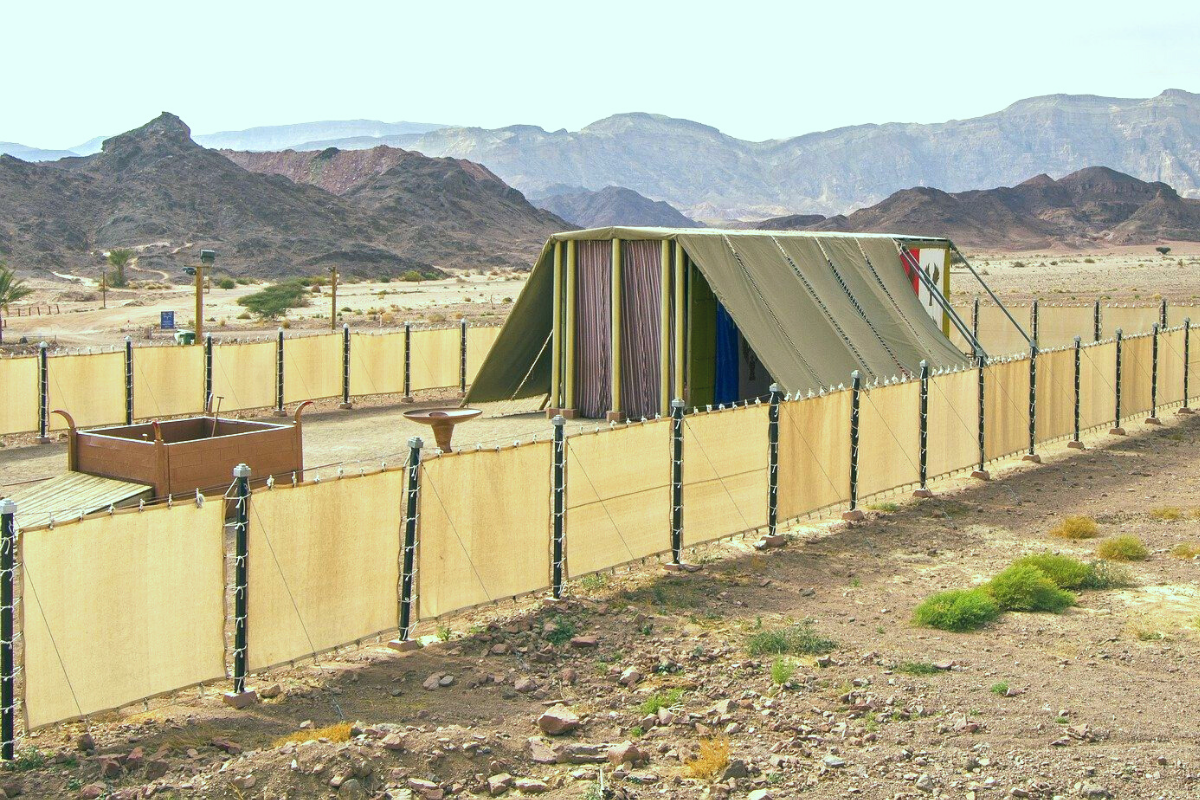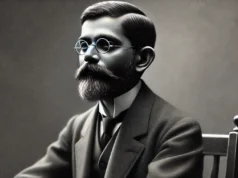
Israel journeyed to the Promised Land and witnessed several encounters with God along the way. The Lord wanted to dwell among them, to lead them at every step and protect them from invading armies along the way. The Lord desires to dwell with His people, even today. Israel’s experiences throughout the wilderness journey were intended to teach them trust, obedience and love for the Lord.
The Lord’s Desire
Moses constructed a tabernacle to house the “Ark of the Covenant” as directed by the Lord. This is the place where the presence of God would be manifested. The physical location of the tabernacle was always in the centre of the camp. The twelve tribes would encamp around the tabernacle, as the Lord always desired to be in the midst of His people.
The prophetic nature of the tabernacle lies in its representation – what it symbolizes, what it pre-figures, who it is pointing to, and above all, its full meaning for believers today. The tabernacle is God’s portrait of His Son, Jesus. In this article, let us explore the developments of the tabernacle.
His Dwelling Place
The word ‘tabernacle’ is a translation of the Hebrew word “Mishkan” which means, “Dwelling place”. In this context, it refers to a tent, which the Lord instructed Moses to construct. A tent that will be His dwelling place in the midst of Israel. “A Tent of Meeting” was a name also given to the tabernacle. Additionally, it was built to facilitate worship, a place where the sacrifice for the sins of the nation was made. Subsequently, Israel was instructed to commemorate the wilderness wandering in the “Feast of Tabernacle”.
Shadow of Things to Come
In Exodus 25:8-9, the Lord said to Moses “Then have them make a sanctuary for me, and I will dwell among them. Make this tabernacle and all its furnishings exactly like the pattern I will show you.” This is how the Lord dwelt among His people on earth. In Hebrews 8:5, the apostle Paul indicates that the tabernacle is a shadow of things to come.
“They serve at a sanctuary that is a copy and shadow of what is in heaven. This is why Moses was warned when he was about to build the tabernacle: “See to it that you make everything according to the pattern shown you on the mount.”
Again, Paul summarizes the entire wilderness experience in 1Cor. 10:1-3, “For I do not want you to be ignorant of the fact, brothers and sisters, that our ancestors were all under the cloud and that they all passed through the sea. They were all baptized into Moses in the cloud and in the sea. They all ate the same spiritual food and drank the same spiritual drink; for they drank from the spiritual rock that accompanied them, and that rock was Christ.”
Portrait of Christ
It is important to understand that Israel in the wilderness is a type of the church and the Lordship of Christ. The tabernacle is a portrait of Christ. He is represented in every aspect and components of the tabernacle.
For believers today, Israel is a constant reminder of the love and grace of God. It is a marvellous construction of Scripture in that the entire Old Testament, including the tabernacle points to redemption, salvation and eternal life. Peter wrote in 1 Peter 1:10-11
“Concerning this salvation, the prophets, who spoke of the grace that was to come to you, searched intently and with the greatest care, trying to find out the time and circumstances to which the Spirit of Christ in them was pointing when he predicted the sufferings of the Messiah and the glories that would follow.”
Pattern Illustrated by the Lord
The Lord took Moses up into the mount, and gave him an illustration of the manner in which things were to be made; Secondly, he charged him to be careful of every particular “See, He said, that thou make all things according to the pattern shewed to thee in the mount.” (Heb. 8:5; Exod. 25:40).
Our Lord has provided us His dwelling presence from the beginning. Let us continue to walk in faith and trust.
Image by Jim Black from Pixabay









